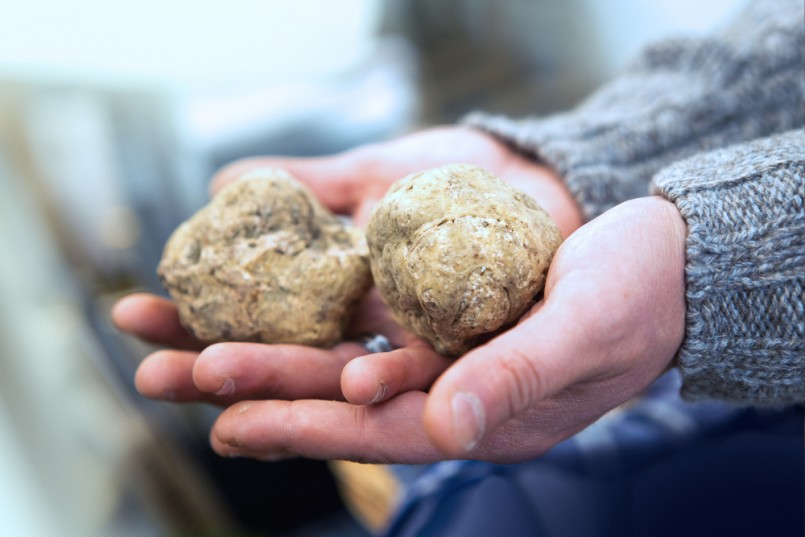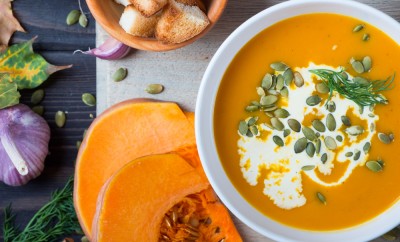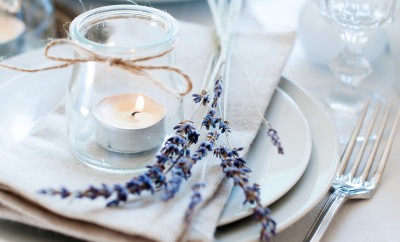Cultures
The Magnificent Truffle

Image: Shutterstock/Yamagiwa
The Magnificent Truffle
When you hear the word truffle, decadent chocolate shells filled with velvety, rich chocolate cream might be the first thing that comes to mind. However, in international haute cuisine the truffle refers to a fragrant subterranean fungus cultivated at the base of lavender, oak and hazelnut trees among other varieties. Slightly larger than a cherry, the truffle resembles a potato.
Cultivating Truffles
Several edible truffle varieties exist in black and white colors, and among the most common is the Black Périgord Truffle named for the Périgord region in the south of France. Périgord, Burgundy and Provence are considered the most popular regions in France to cultivate truffles. In general, truffle trees are usually at least 40 years of age, though some young trees are specifically bred to cultivate truffles.
Harvesting Truffles
Black truffles are usually harvested in late fall and winter with the help of trained pigs and dogs to sniff out the delicacy growing underneath the soil. Pigs have several advantages over dogs when it comes to sniffing out truffles. While dogs must be trained to remember and search for the scent, pigs have an innate ability to sniff them out. Unfortunately, pigs are equally likely to eat the truffles once they’ve found them. Dogs are better trained and usually afford their human farmers first dibs on the truffle harvest.
Truffle dogs and pigs aren’t the only truffle poachers. In fact, many truffle farms are watched by armed guards to discourage truffle poaching. While some years the crops have yielded as much as 50 tons, in less fortunate years a return of just 10 tons has led to a sharp price increase in the truffle market. Today, the most sought after truffles may sell for $1,000-$3,000 per pound.
Dining With Truffles
Truffles are a staple in high-end restaurants, especially those with a Michelin star. French chef Clément Bruno of Chez Bruno is known for his six-course menu featuring truffles in every course. Truffles are used to make decadent complements to meals including oil, fondue, butter and cheese.
The good news is that you don’t have to leave the country— you can enjoy decadent truffles from the comfort of your own home. For $300 and a yearly maintenance fee of $70 you could own your own French truffle tree thanks to Truffle Tree (www.truffle-tree.com) in Barran, France approximately 60 miles (96 kilometers) from Toulouse. Each year, the farm will mail your truffle crop or sell it and send you the profit. Owning a truffle tree is not without risk, however. It could take four to five years for the tree to produce a crop, and even then a return on your investment isn’t guaranteed.
If you haven’t already, head to the nearest fine dining restaurant near you and try a truffle for yourself. Beware of counterfeits, the truffle’s popularity and cost have caused a variety of truffle-like species to crop under the same name. Only once you’ve enjoyed a true “diamond of the kitchen,” can you make the decision if a truffle is worth it’s much lauded position in the world of haute cuisine.





0 comments